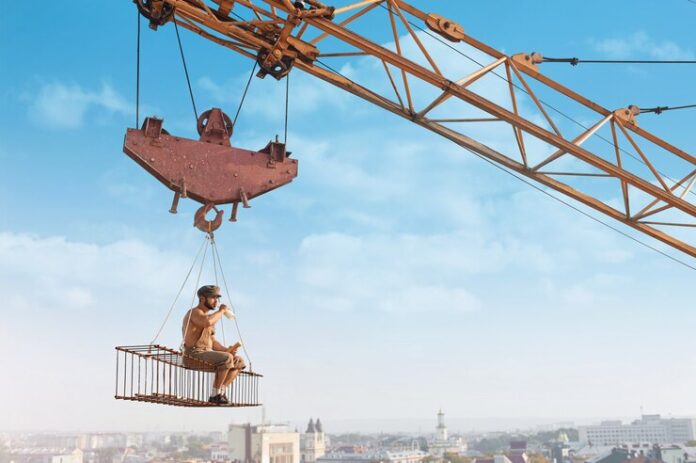The world of aerial work is both exhilarating and daunting. Whether repairing power lines or painting tall structures, workers often find themselves many feet above the ground. Despite the inherent risks, many rise to the challenge, ensuring our cities function smoothly. However, this doesn’t undermine the essential precautions necessary for such tasks. Let’s delve deeper into the world of aerial work precautions.
Table of Contents
Recognise the Risks
First and foremost, it’s essential to understand the risks involved. Falls are a significant hazard. Objects might also drop from above, endangering those below. Wind conditions can change, machines malfunction and even minor oversights can have severe consequences. Recognising these risks ensures better preparation.
Equip for Safety
Equipping oneself with the right gear is paramount. Helmets shield against falling objects. Harnesses prevent workers from plummeting down. Non-slip shoes offer better grip on surfaces. Furthermore, all equipment should undergo regular checks for wear and tear. Damaged gear can compromise safety.
Harness the Power of Training
Training plays a crucial role in safety; regular training sessions give workers the necessary knowledge to succeed. They learn the operation of machinery, emergency protocols, and the importance of teamwork. In addition, they practice rescue techniques, ensuring they’re prepared for all scenarios.
Maintain Equipment
Keeping equipment in top shape is non-negotiable. Whether it concerns ladders, lifts, or any other machinery, regular maintenance checks are mission-critical. Clean equipment ensures smoother operations. Moreover, identifying potential issues early on can prevent more significant mishaps later.
Weather Watch
Weather plays a significant role in aerial work. Wind speeds can affect balance and machinery operation. Rain can make surfaces slippery, and lightning poses its dangers. Thus, always check the day’s weather forecast before beginning any aerial task. If conditions seem unfavourable, it’s better to postpone.
Stay Connected
Communication is key. Workers should always stay connected, either through walkie-talkies or other communication devices – this ensures that any changes in plans or emergencies get communicated instantly.
Establish a Ground Team
Investing in a ground team is equally important – they assist with equipment and keep an eye out for potential hazards. Their vantage point allows them to spot problems that those in the air might miss.
Respect the Heights
Respecting the height means understanding its challenges. It’s not just about physical safety but also mental well-being. Some workers might develop a fear of heights over time. Regular counselling sessions can help them cope, ensuring they’re mentally fit for the job.
Prioritise Health
Regular health checkups are vital. Heart conditions, vertigo, or other health issues can pose significant risks when working at heights. Routine medical checkups ensure that workers are fit for the task at hand.
Stay Updated
The world of aerial work constantly evolves. New machinery, techniques, and safety protocols continuously emerge, and workers must stay on top of the industry changes. Regular workshops and training sessions can help in this endeavour.
Concluding Thoughts
Aerial work, while challenging, doesn’t have to be perilous. Adequate precautions can mitigate most risks when coupled with commitment and vigilance. The sky is the limit when safety anchors our steps.
With rising urban demands, the need for aerial work will only grow. However, as we climb higher and reach further, the foundational safety practices will hold us firm. Remember, a momentary lapse can have lifelong consequences. By embracing these precautions, we ensure our safety and rise confidently to the many challenges ahead.





